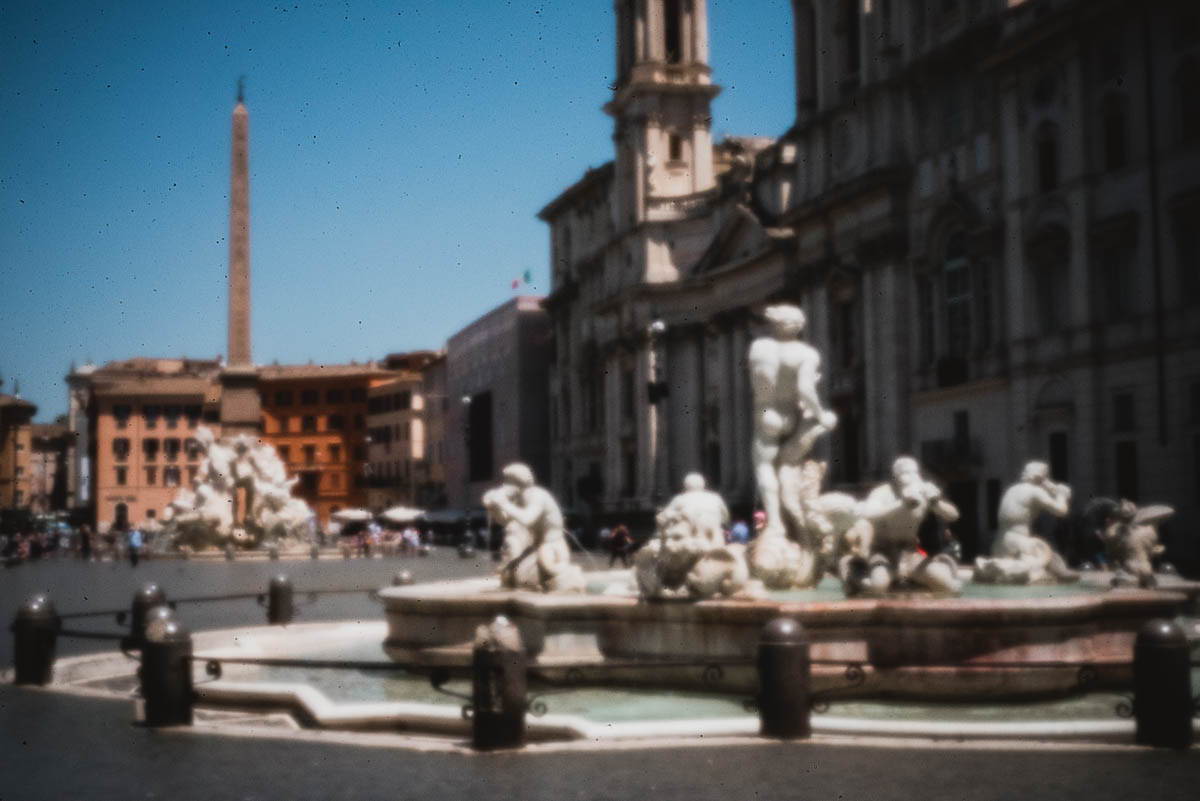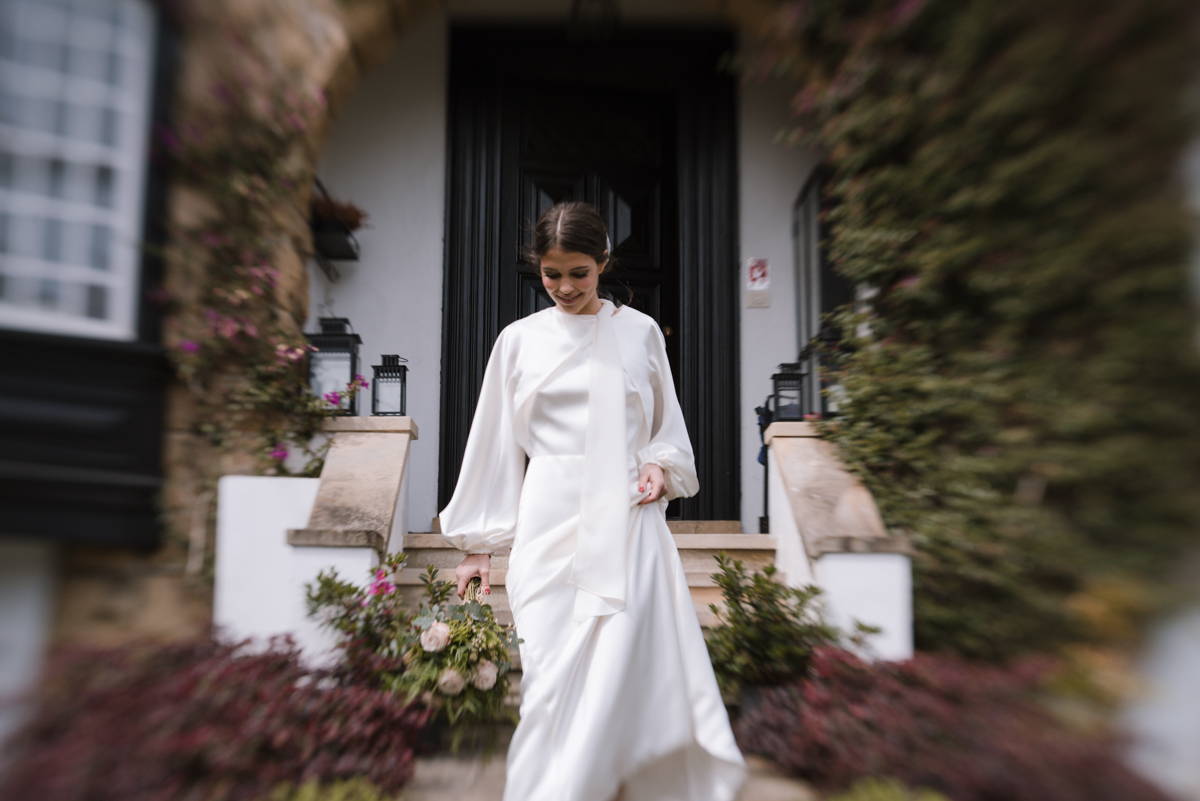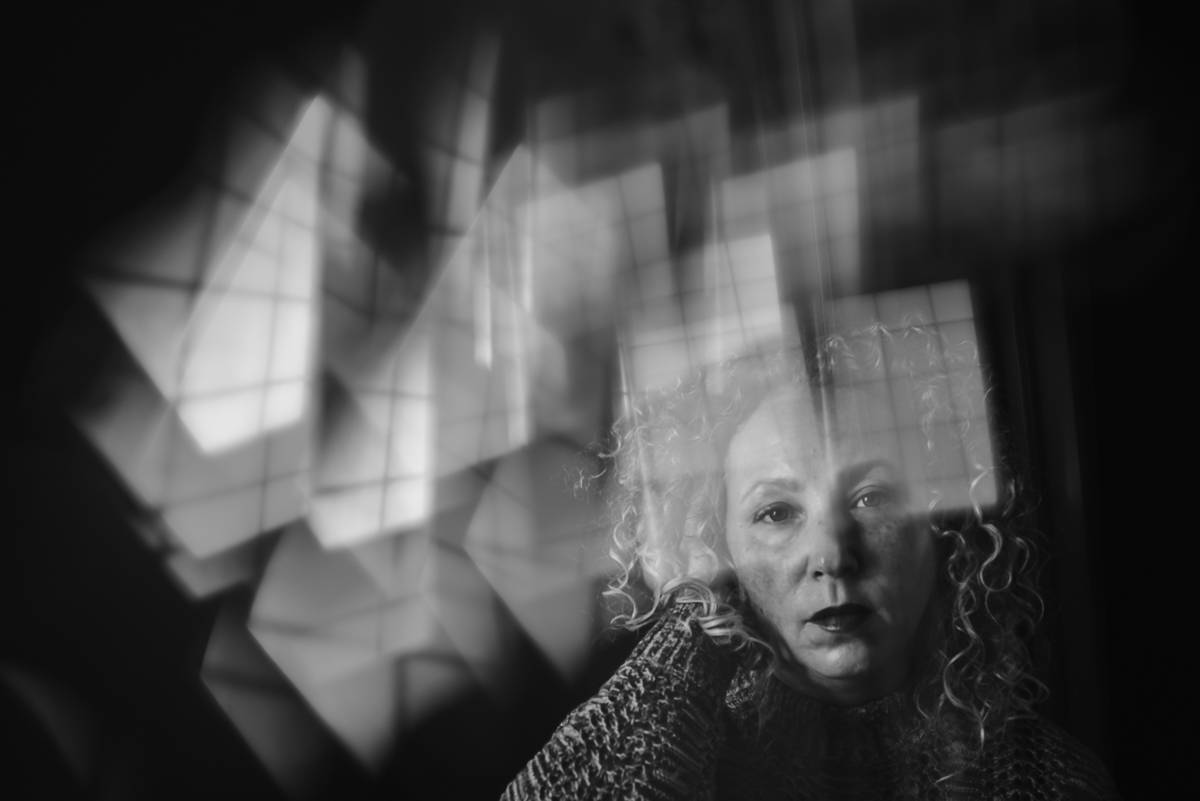Lensbaby Obscura 50mm | ISO | 5000 | 1/50 | Nikon D750
Every photographer knows that lighting is everything when it comes to capturing the perfect photo. Shooting with an Obscura camera lens is both exhilarating and challenging, but the key to effectively shooting with the Camera Obscura as a beginner is to practice under a bright light. Whether you're photographing under direct sunlight, by a window, or using natural light, our expert photographer, Anita Perminova, is equipping you with all the necessary tips to shoot pinhole photography under any lighting conditions.
Seeing the light is the first step in being able to use it interestingly. It is another to shoot Obscura in the light your eyes tell you is potentially interesting. Lighting is the most important element that you need to pay attention to when shooting Obscura. Knowing some basic principles of light and lighting can definitely help.
Lensbaby Obscura 50mm | ISO | 6400 | 1/50 | Nikon D750
Lensbaby Obscura 50mm | ISO | 5000 | 1/50 | Nikon D750
I discovered that the best pinhole images need bright days with lots of hard shadows. With this high-intensity light, you illuminate your subject or part of your subject and throw everything else into darkness. Dramatic shadows give these types of images a bold look.
How do you shoot Obscura in bright light?
● Make sure the sun is shining directly onto your subject, which means the sun is behind you. Then, as a bonus, you get deep blue skies and all the vibrant colours surrounding your subject.
● Try to capture the whole scene instead of attempting a portrait. To best utilize light, observe how and where the light and shadows fall within the frame.
● You might want to use a darker background, so the subject looks brighter and looms against the background.
● Be on the lookout for dappled light or pockets of light. Observe how the light falls on your subject and how it casts shadows. Using this light will result in more dramatic images and help to create layers of depth.
Once you're ready to begin shooting, take a test shot and check the brightness of your image. If it's too bright, drop the ISO. If it's too dark, increase the exposure time, play with your shutter speed.
Sometimes though, it is not possible or desirable to shoot with the sun shining directly onto your subject. Like, when the sun is bothering your subject's eyes, or you prefer to have the sun behind your subject. Like this, you may end up shooting with a backlight or sidelight.
● Be aware when shooting with a backlight or sidelight. Both lighting conditions cast strong shadows on your subject's face. Although you can try your subject to face a reflective surface (a concrete floor or a white fence), it will help to throw a little light onto your subject's face if you want to show facial expressions.
● Play with shadows and create an intense mood by projecting the shadow onto a lighter background. It brings an air of mystery to your subject and creates outstanding outlines.
Lensbaby Obscura 50mm | ISO | 8000 | 1/200 (Left) | 1/80 (Right) | Nikon D750
● Try dark silhouettes in urban environments. Such shots tend to create a feeling of tension. To do this, you will need to backlight your subject. This will emphasize the subject's features and a slight idea of the location. The very same scene can look different when using different exposures.
I usually tend to either expose for the highlights or 'expose to the right.' However, when shooting Zone Plate (f/32) or Pinhole Sieve (f/64), I don't mind blown highlights because the areas of bright light appear as a diffused glow, as a sort of halo effect.
How do you do Obscura photography by the window?
Window light is one of my favorite types of light because it can be moody and mysterious. Here are the basic steps to shoot Obscura by the window:
● First, place your subject as close to the light source (a window) as possible. You may want to close curtains to modify the light creating a pocket of light. Next, pay attention to the intensity of light. The brighter the light, the more dramatic shadows you get.
● Expose for the lightest part of your subject, for example, their faces, embracing the shadows within the rest of the frame. The dramatic shadows help create a mysterious effect.
Lensbaby Obscura 50mm | ISO | 1600 | 1/60 | Nikon D750
Obscura is a dark lens, and it has tiny aperture settings. You'll be closing your aperture down to an f/161. Most of the time, you'll be shooting at a high ISO, especially when in open shade or on a cloudy overcast day. So it's quite important to have a camera body that enables you to take good quality images at a very high ISO.
Camera settings for Obscura photography using natural light
The settings depend on what type of scene you are shooting. For your Obscura images to look good and the way you want them to look, you might want to shoot in manual mode so you can take control of your camera. Here are some settings that you can start with:
● Aperture: you get three aperture modes to choose from – f/32, f/64, or f/161. Obscura comes with three optics, each of which has a fixed aperture.
● Shutter speed: Have a shutter speed greater than (1/focal length), taking into account the crop factor so you can avoid too much blur when shooting handheld. So, for example, if you are shooting with Obscura 50mm on a full-frame camera body, set your aperture to 1/60th of a second or 1/80th of a second. Then, adjust the shutter speed as necessary for the desired effect.
● ISO: Adjust your ISO depending on the intensity of light (look at the settings below the images.)
● Metering mode: Spot metering works great when shooting Obscura because we focus on just having our subject lit and other areas dark, so you get the exposure calculated right on your subject.
If you are used to composing your images through a viewfinder, your camera will likely go blind. This is because pinholes pass very little light to your camera's sensor. I suggest using a live view (an LCD monitor on the back of your camera) to frame your image, so you don't have to do the guesswork when setting exposure. Make sure that the Highlight Alert setting ("blinkies") is enabled. It will show you where the overexposed/blown-out areas in your image are located. For example, the image preview will blink in areas that are completely white and have no detail.
"If you are new to Obscura, I would start practicing outside in bright light, and if you are indoors right by the window where the sun is shining through the openings in the window blinds."
Lensbaby Obscura 50mm Zone Plate | ISO | 8000 | 1/125 | Nikon D750
In conclusion
If you are new to Obscura, I would start practicing outside in bright light, and if you are indoors right by the window where the sun is shining through the openings in the window blinds. Make sure your subject faces the sun, so the sun illuminates them directly.
It's a different workflow than I'm used to, but it's not necessarily a good or bad thing. You must practice shooting Obscura a lot. Don't put pressure on yourself to make a perfect image. Shoot Obscura in any light that looks interesting to you. Look for dappled light, pockets of light, light through trees, blinds and curtains, fences, netting material, highlights in hair, and things like that.
Lensbaby Obscura 50mm Pinhole/Zone Plate | ISO | 5000 | 1/50 | Nikon D750
After experimenting enough, you'll get to utilize the available light to your advantage and skyrocket your shooting experience. Obscura will enable you to look at the world from a different lens. This is ideal for photographers who want to think outside the box or challenge themselves.
Want your shots featured by Lensbaby?⠀
Be bold and shoot extraordinary! Make sure to tag your photos on IG with #Lensbaby, #ShootExtraordinary, and let us know what gear you’re using. 📸 ⠀




Leave a comment
All comments are moderated before being published.
This site is protected by hCaptcha and the hCaptcha Privacy Policy and Terms of Service apply.